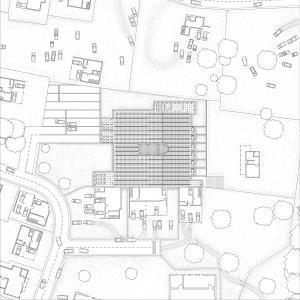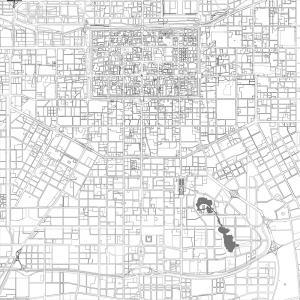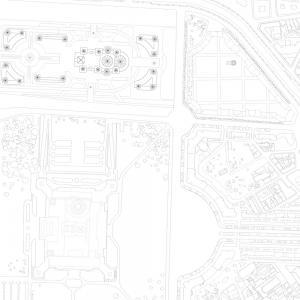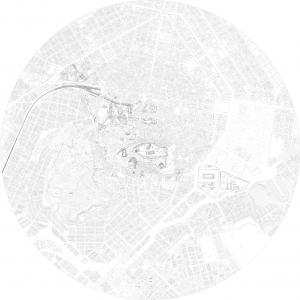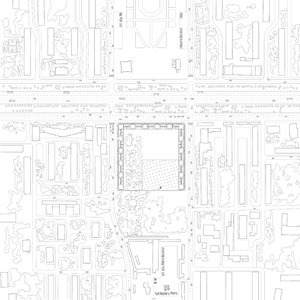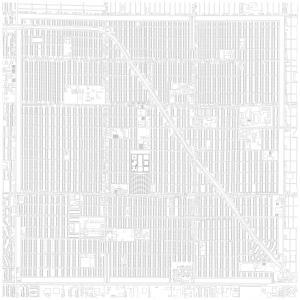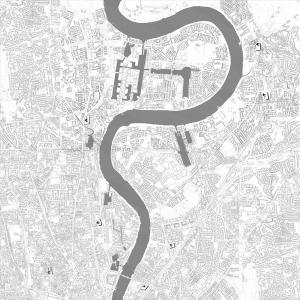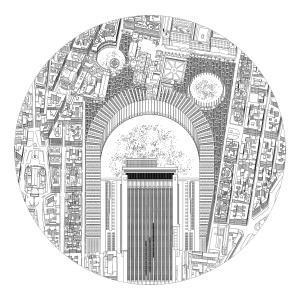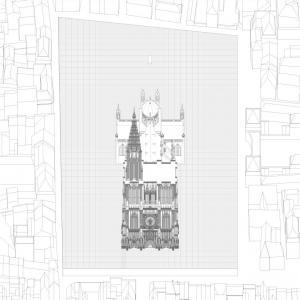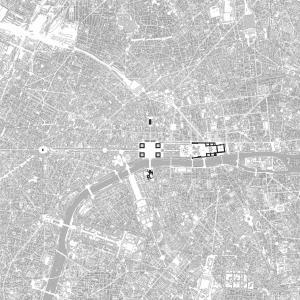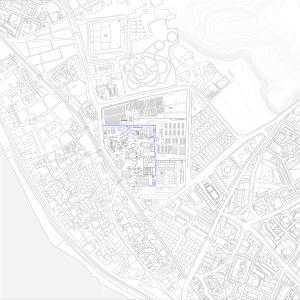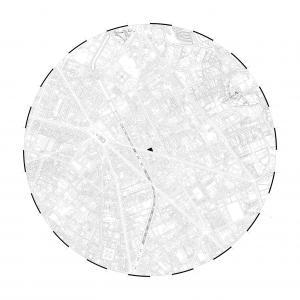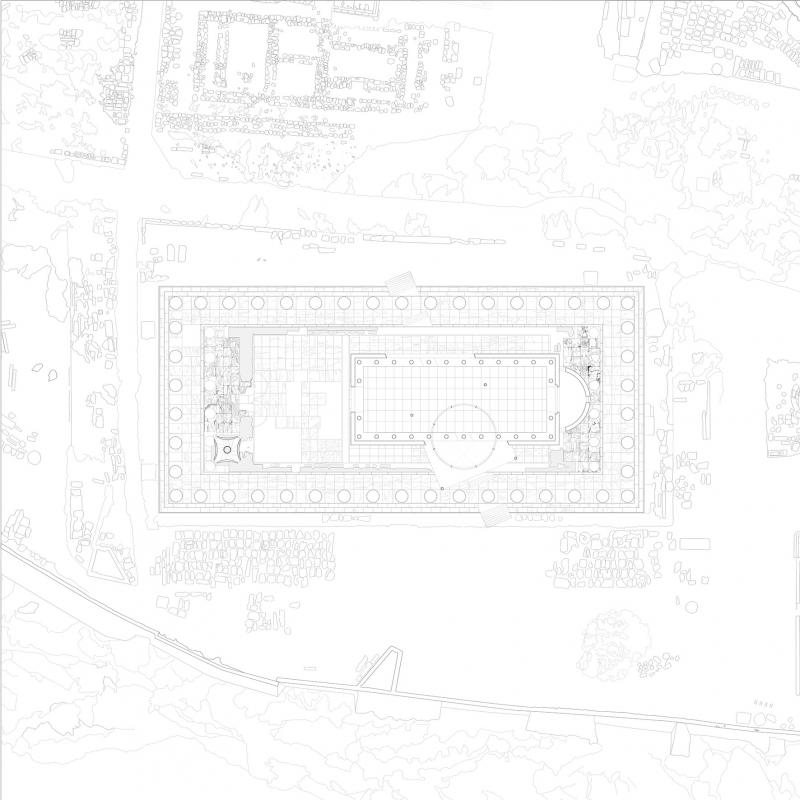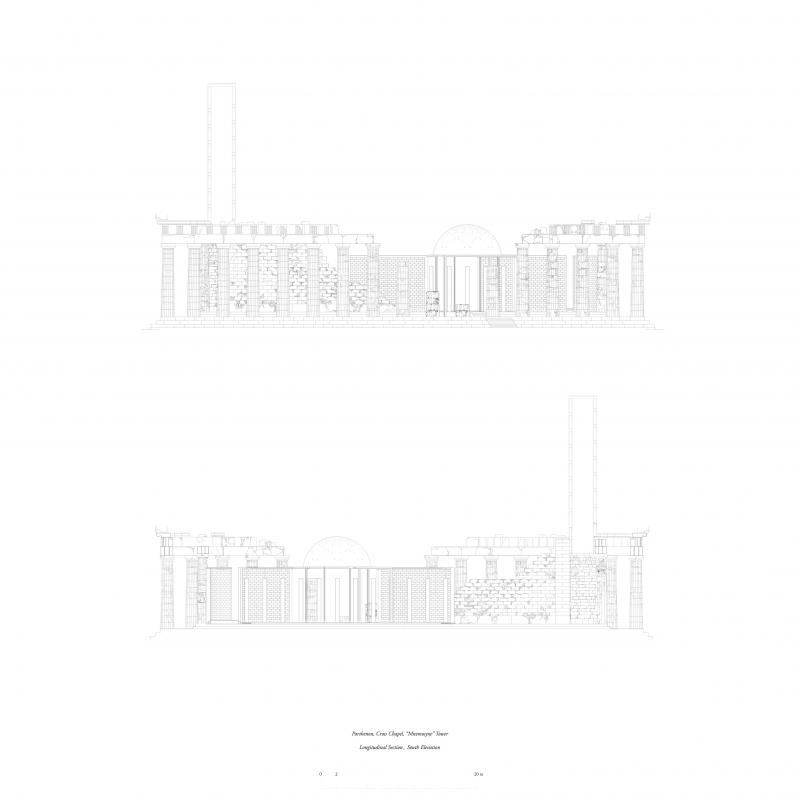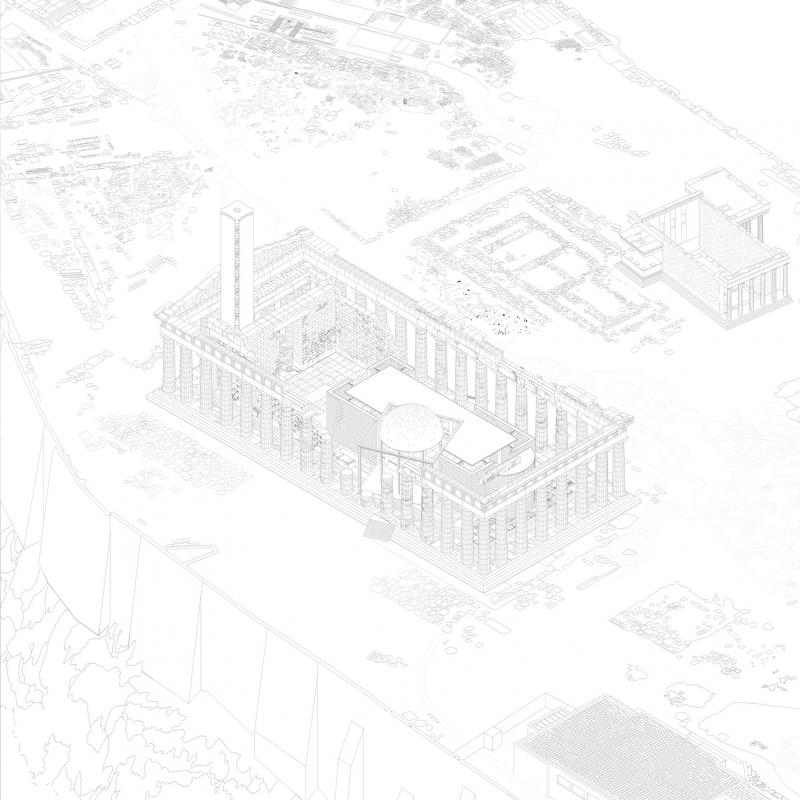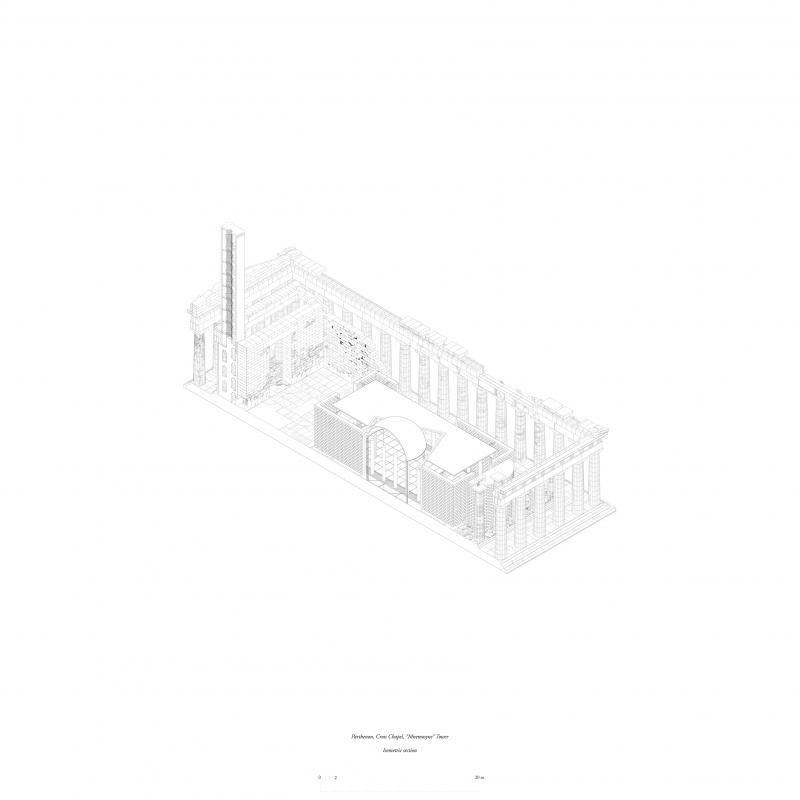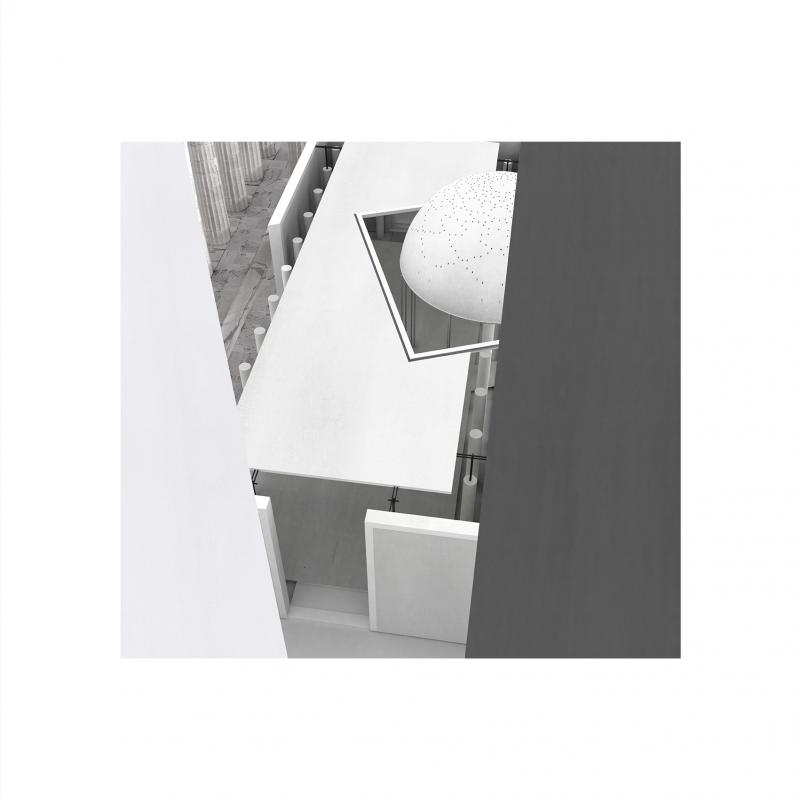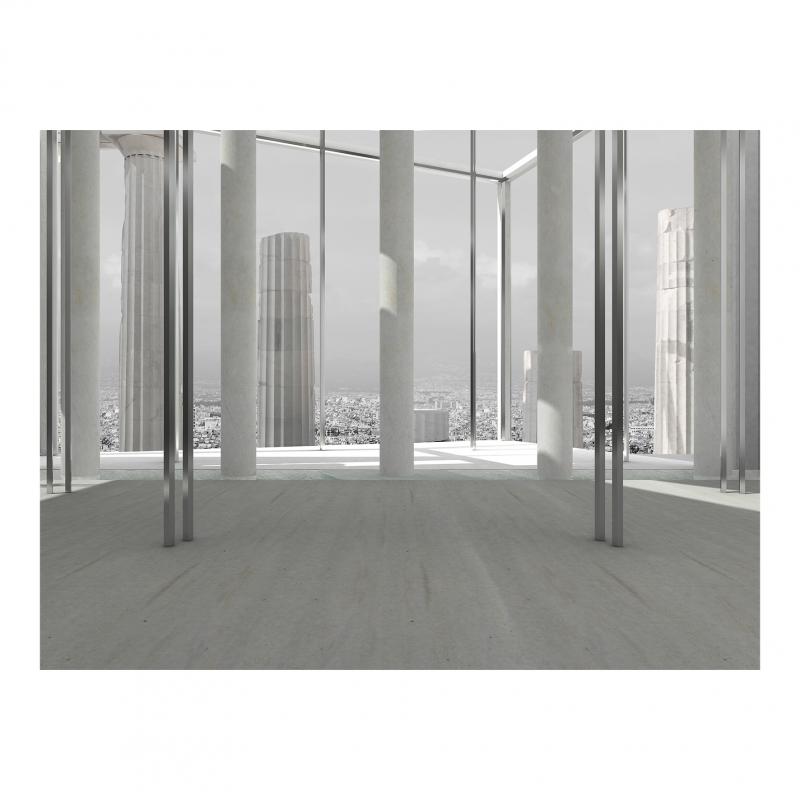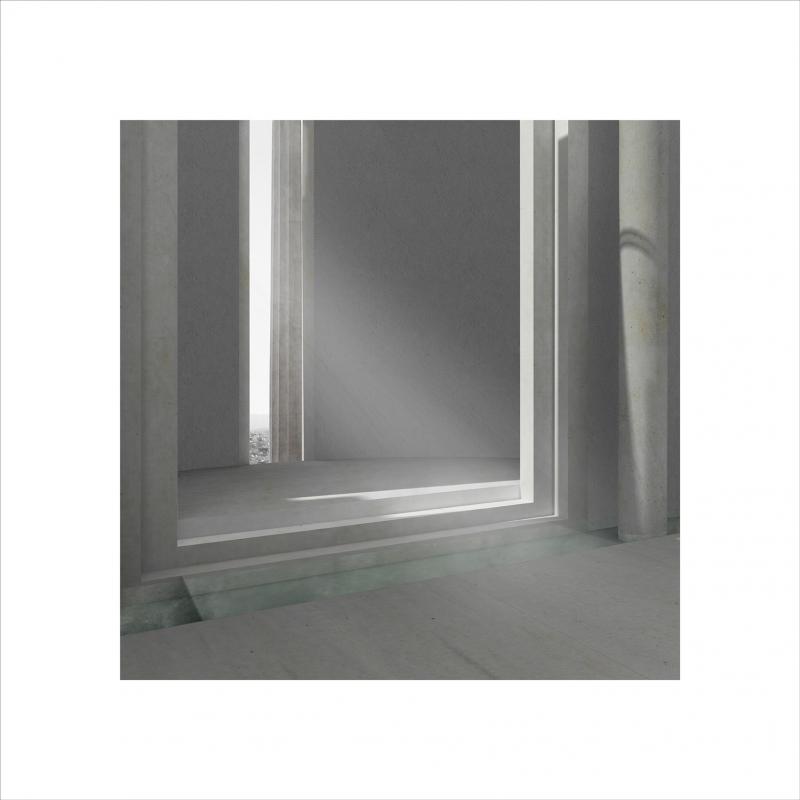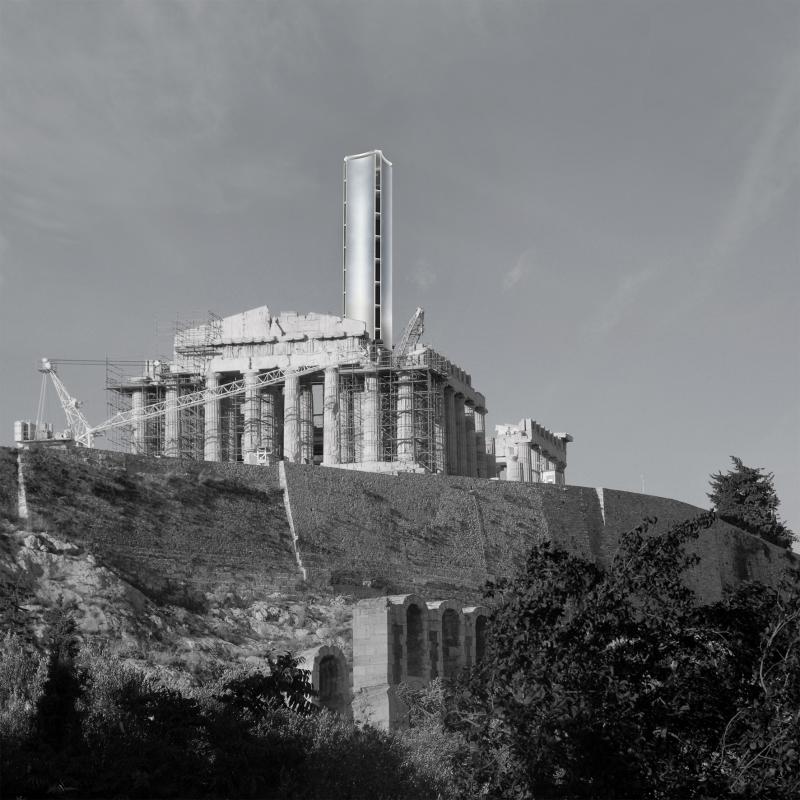In architecture, ‘sacredness’ is either ignored as an irrational sphere, or it is reduced to stereotypes of spirituality and contemplation. However, in its attempt to reconnect architecture to the political, this year Diploma 14 investigated the issue of sacred space precisely as one of the most intense manifestations of the political. If the political concerns difference and conflict as collective phenomena, it is within the category of the sacred that this concept acquires its most intense representations. We can speculate that the very origin of the city as political space was precisely the foundation of a sacred space – a sanctuary, which was set apart in an open territory and provided a safe meeting point for clans or fugitives. The sanctuary was both open to different subjects and parties and closed in order to preserve its safety and difference towards everything outside itself. The dialectic of openness and exclusion implied in sacred space is thus one of the most ancient manifestations of the political.
The work of the unit departed from an in-depth study of the category of the sacred from ancient to contemporary times, with a strong focus on theological concepts and forms of worship as foundations for the political and spatial organisation of the city. Through 14 projects that address different religious communities and their relationship with their urban environment, the unit explored how sacred space highlights the crucial link between architecture and the city. Emphasis was placed on the relationship between space and the spatial understanding of worship. Within sacred space, form must follow function – in other words architectural space must adhere to the rituality through which the sacred is enacted. Each project was developed through drawings and texts that investigated the theological and architectural underpinnings of the architecture of sacred space.
Unit Staff
Pier Vittorio Aureli
Maria Shéhérazade Giudici
Thanks to
Aristide Antonas
Monia De Marchi
Tom Emerson
Eugene Han
Max Kahlen
Adrian Lahoud
John Palmesino
Natasha Sandmeier
Tom Vandeputte
Carlos Villanueva- Brandt
Thomas Weaver
Dorette Panagiotopoulou
The Parthenon is today diminished from a sacred space into an open air museum of itself. The demolition and clearance that took place during the 19th century in the name of national rebirth is a “wound” in Athen’s collective memory. It is this sense of absence and loss that now give the monument its cultural power and urgency.
In this project an imprint of the different historical layers of the Parthenon, ancient, roman, byzantine, islamic, frannkish, a vibrant “mnemosyne” of interlocking structures and a co – existence of historic memories is attempted.
The new element that is introduced is a critical restoration indicating the coexistence of the architecture of old and new eras, the architectural proposal attempts to bring back a space that revokes the participation of the human presence in the sacred space of the past.
Antiquity is not a project that we try to impose, her presence is latent and memory functions as a collective quality.
